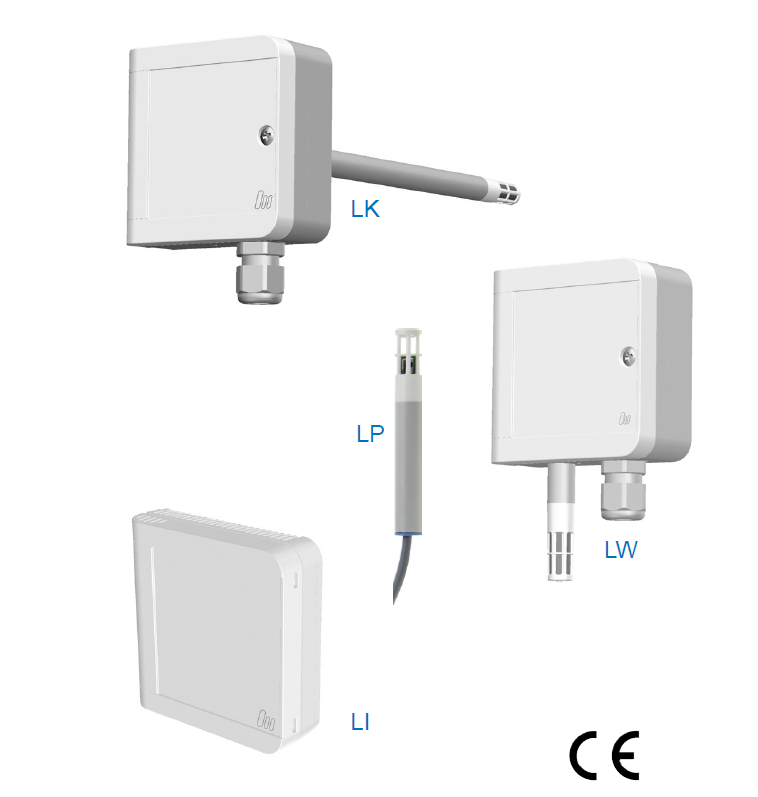Humidity and temperature sensors are critical components in automation systems, providing vital information about the environment in which automated processes occur. In this article, we will explore the different types of humidity and temperature sensors available, their applications in the automation market, and the benefits they offer.
Types of Humidity and Temperature Sensor There are several types of humidity and temperature sensors used in the automation market:
- Capacitive Humidity Sensors: Capacitive humidity sensors measure the moisture content in the air by detecting changes in capacitance. They are highly accurate and have a fast response time.
- Resistive Humidity Sensors: Resistive humidity sensors measure the moisture content in the air by detecting changes in electrical resistance. They are inexpensive and easy to use but can be affected by temperature changes.
- Thermocouples: Thermocouples measure temperature by detecting the voltage generated by the junction of two dissimilar metals. They are highly accurate and can operate at high temperatures.
- RTDs (Resistance Temperature Detectors): RTDs measure temperature by detecting changes in electrical resistance. They are highly accurate and can be used in a wide range of temperatures
Applications of Humidity and Temperature Sensors in the Automation Market Humidity and temperature sensors have numerous applications in the automation market. Some of the most common applications of humidity and temperature sensors in the automation market include:
- HVAC Systems: Humidity and temperature sensor are used in HVAC systems to control the temperature and humidity levels of indoor environments. This helps to ensure a comfortable and healthy living or working environment.
- Food Processing: Humidity and temperature sensor are used in food processing facilities to monitor temperature and humidity levels during the production process. This helps to ensure that food is produced under optimal conditions and that it is safe for consumption.
- Data Centers: Humidity and temperature sensor are used in data centers to monitor the temperature and humidity levels of the environment in which servers and other computing equipment operate. This helps to ensure that the equipment is operating at optimal levels and that data is being stored securely.
Benefits of Humidity and Temperature Sensors in the Automation Market Humidity and temperature sensors offer several benefits in the automation market, including:
- Accurate and Precise Measurements: Humidity and temperature sensor provide accurate and precise measurements of the environment, allowing for precise control of HVAC systems, food processing facilities, data centers, and other automated processes.
- Improved Efficiency: Humidity and temperature sensor can help to improve efficiency by ensuring that processes are operating at optimal levels. For example, HVAC systems can be controlled more efficiently to reduce energy consumption.
- Preventative Maintenance: Humidity and temperature sensor can be used to detect potential issues before they become major problems. For example, abnormal temperature or humidity levels in a data center could indicate a potential equipment failure.
Humidity and temperature sensor are essential components in the automation market, providing vital information about the environment in which automated processes occur. There are several types of humidity and temperature sensors available, each with its own set of advantages and disadvantages. Humidity and temperature sensor have numerous applications in the automation market, including HVAC systems, food processing, and data centers. They offer several benefits, including accurate and precise measurements, improved efficiency, and preventative maintenance. With their widespread use and versatility, humidity and temperature sensors are likely to remain an integral part of the automation market for many years to come.
